Table of Contents
To unlock saffron's full potential, follow these 5 essential steps: soak threads in warm liquid for 15-30 minutes, use only 15-20 threads per serving, store in airtight container away from light, pair with seafood or dairy for best flavor, and add during cooking for maximum color. This guide provides expert tips for every step, plus authentic buying advice and common mistakes to avoid.
Practical Tips for Using Saffron
Using saffron correctly is simple with these proven techniques:
- Soak properly: Place threads in warm water, broth, or milk for 15-30 minutes before use. Never use boiling liquid—this destroys flavor compounds.
- Use sparingly: One thread per person is sufficient for rice dishes. Excess threads cause bitterness and waste.
- Store correctly: Keep in dark glass container with tight lid, stored in freezer. Proper storage preserves potency for 2-3 years.
- Pair wisely: Best with mild flavors like seafood, rice, dairy, and citrus. Avoid strong spices like garlic or cumin that mask saffron's delicate notes.
- Add at right time: Introduce infused liquid during first half of cooking. For rice dishes, add after sautéing aromatics but before adding liquid.
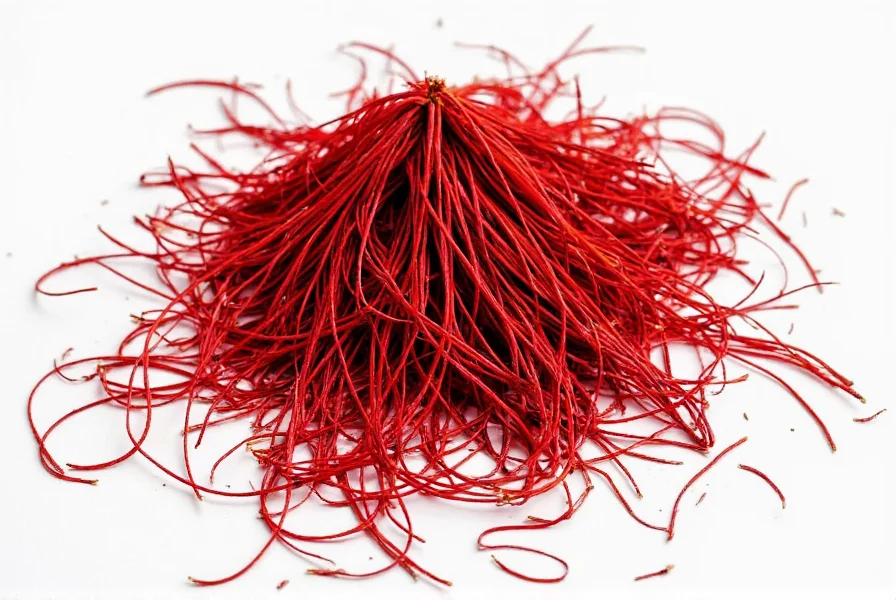
Buying Guide: How to Choose the Best Saffron
Authentic saffron is rare and expensive. Follow these criteria to avoid counterfeit products:
| Feature | High-Quality Saffron | Low-Quality Saffron |
|---|---|---|
| Color | Deep red with golden-orange tips | Pale yellow or brownish |
| Aroma | Fragrant, sweet, honey-like | Musty, chemical, or no smell |
| Texture | Delicate, slightly brittle threads | Hard, dry, or powdery |
| Color release | Gradual yellow infusion over 15-20 minutes | Immediate color bleeding |
| Price | $5-10 per gram (real saffron) | Under $2 per gram (red flag) |
Top authentic sources: Iranian saffron (highest quality), Spanish La Mancha (best for paella), and Kashmiri kesar (sweet profile). Always look for ISO 3632 certification on packaging.
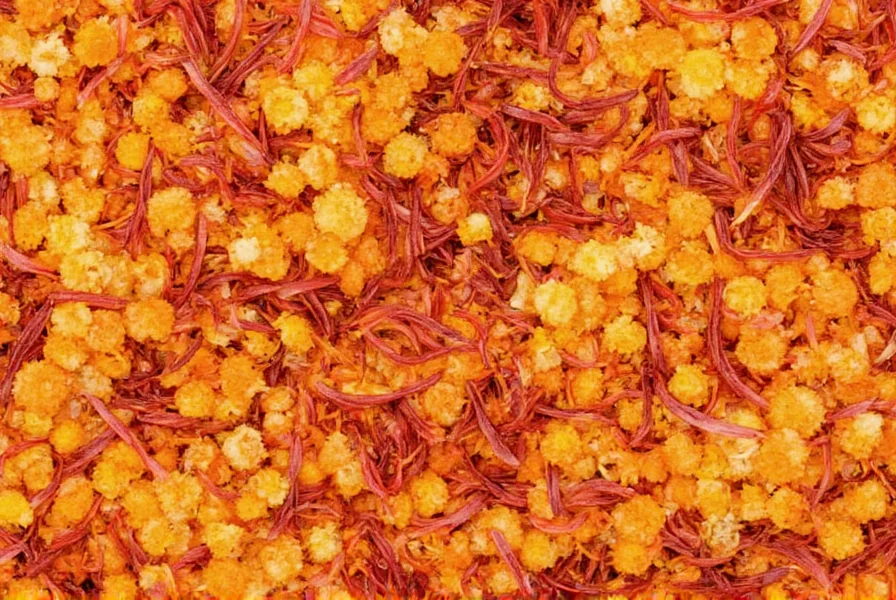
Cooking with Saffron: A Flavorful Journey
Maximize saffron's impact with these expert techniques:
- Rice dishes: Soak threads in 2 tbsp warm water, add to rice with broth. For biryani, infuse in milk for richer flavor.
- Seafood: Add infused saffron to paella or fish stew during last 10 minutes of cooking to preserve delicate notes.
- Desserts: Use in rice pudding or custard by soaking in warm cream. For cakes, mix with flour before baking.
- Pro tip: Create a "saffron concentrate" by soaking 100 threads in 2 tbsp vodka. Store in fridge for 6 months—use 1-2 drops per dish.
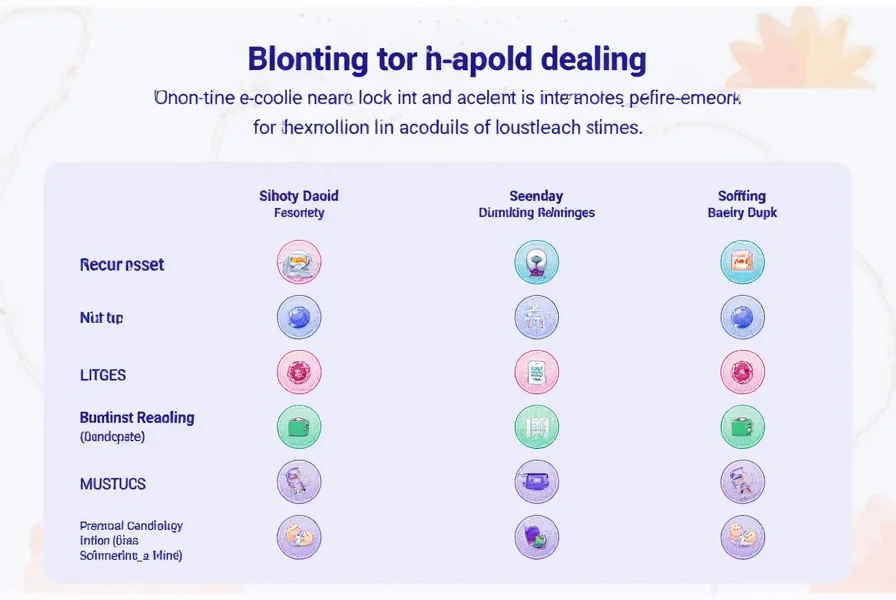
Frequently Asked Questions About Saffron
What are the 5 secrets to unlocking saffron's golden flavor?
1) Toast threads lightly before soaking to intensify aroma; 2) Use warm (not hot) liquid for optimal extraction; 3) Crush threads between fingers before soaking; 4) Always pre-soak—never add dry to dishes; 5) Pair with acidic ingredients like lemon to brighten color stability.
How can I verify if my saffron is authentic?
Real saffron threads are deep red with orange tips, release color gradually in warm water, and have sweet-honey aroma. Perform the "paper test": place threads on white paper with water drop—real saffron creates yellow halo while fake (corn silk/safflower) bleeds red immediately. Check for ISO 3632 certification on packaging.
Why does my saffron fail to color dishes properly?
Common causes: 1) Improper storage (light/moisture degrades crocin); 2) Insufficient threads (15-20 per serving); 3) Added too late in cooking. For maximum color, soak 30 minutes before adding during first half of cooking. Avoid acidic ingredients until after infusion.
Can I substitute saffron in recipes?
No true substitute exists. Turmeric provides color but lacks floral notes and adds bitterness. Safflower is color-only with no flavor. For paella, mix turmeric + pinch of paprika as last resort. Genuine saffron is irreplaceable—use sparingly for best results.
What's the most cost-effective way to use premium saffron?
1) Buy whole threads (not powder); 2) Store in vacuum-sealed container in freezer; 3) Use cold soak method overnight for 30% more extraction; 4) Make "mother solution" (100 threads in 2 tbsp vodka)—store for months, use 1 drop per dish. Professional chefs use 1 thread per person for rice dishes when properly extracted.
Comparison Table: Saffron vs. Other Spices
Saffron's unique properties set it apart from common spice alternatives:
| Spice | Color | Flavor Profile | Best Uses |
|---|---|---|---|
| Saffron | Golden yellow | Floral, earthy, sweet | Rice dishes, seafood, desserts |
| Safflower | Orange-yellow | Mild, neutral | Coloring only (no flavor) |
| Turmeric | Bright yellow | Earthy, bitter | Curries, soups (not for delicate dishes) |
| Cumin | Brown | Nutty, smoky | Meats, stews (masks saffron notes) |
While other spices mimic saffron's color, none replicate its complex floral aroma and luxurious texture. Always choose genuine saffron for authentic culinary experiences.
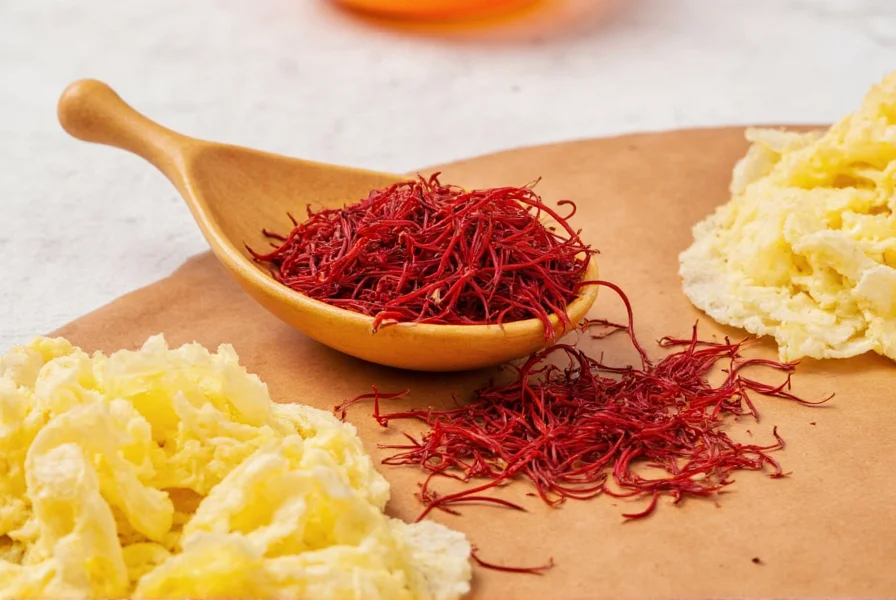

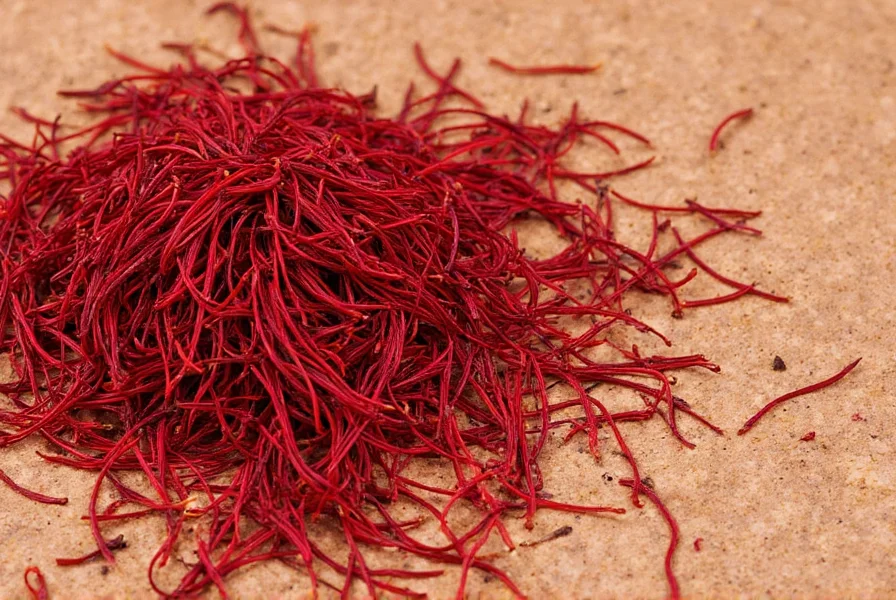









 浙公网安备
33010002000092号
浙公网安备
33010002000092号 浙B2-20120091-4
浙B2-20120091-4